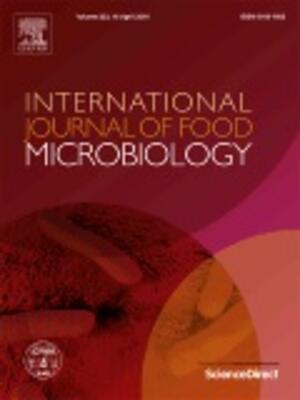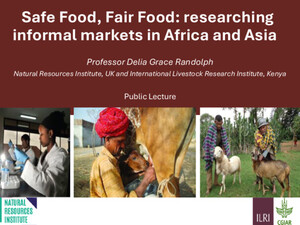
Less is more: Household milk allocation response to price change in peri-urban Nairobi
Abstract
Low-income households in Kenya depend on informal dairy sector to access raw milk and meet their nutrient needs. This is because raw milk is cheaper than processed milk by 20–50%; majority prefers its taste and high butterfat content; it is widely accessible; and it is sold in variable quantities suiting every consumer’s affordability. Despite the critical nutritional role played by the informal dairy sector on poor households, the need to conform to international standards of food safety has triggered regulatory agencies to formulate policies that restrict informal commercialization of milk. While promoting milk pasteurization is an important public health measure, little is known of its potential effect on household milk consumption and allocation. Methods: We conducted an experimental study to investigate the effect of milk price increase on intra-household milk allocation to children (less than 4-year-old) in peri-urban settlements in Nairobi that would result from elimination of the cheaper informal milk from the market. The study entailed a best-worst choice experiment that posed various hypothetical scenarios, each with four milk allocation alternatives for the respondent to pick the most and least likely choices they would take in the event milk prices increased by 40% from the prevailing retail price. We analyzed the relative importance of milk allocation alternatives and used latent class model to examine the likely impact of such policy on children milk allocation in different groups. Findings and interpretations: Of all the 9 milk allocation alternatives, 4 were the most important/preferred regardless of the household socioeconomic and demographic characteristics and these suggested that an increase in milk price by 40%would decrease overall milk demand and consumption at the household level. Moreover, in three of those, the choices that households consider best/most likely directly affect the amount of milk allocated to children below the age of 4 years. Although participants indicated that they would compensate for the decreased milk amount allocated to children by substituting with another food item, the nutrition value of the replacement, taste and preference, complementarity and price among other factors might not match that of milk. Conclusions: Poor households prefer consuming raw milk sourced from the informal sector due to its relative affordable price, taste and its accessibility. Increasing price would likely decrease household demand as there would be overall decrease on the amounts consumed by its members – including children. Given that the current consumption is below the amounts recommended by WHO, policies streamlining the dairy sector should consider the large informal sector as a strategic partner and strengthen its capacity to market safe milk in an overarching goal of improving consumption instead of eliminating it.
Citation
Muunda, E., Mtimet, N., Schneider, F. and Alonso, S. 2019. Less is more: Household milk allocation response to price change in peri-urban Nairobi. Presented at the Kenyatta University International Food Safety Conference, Nairobi, Kenya 20–24 May 2019. Nairobi, Kenya: ILRI.









